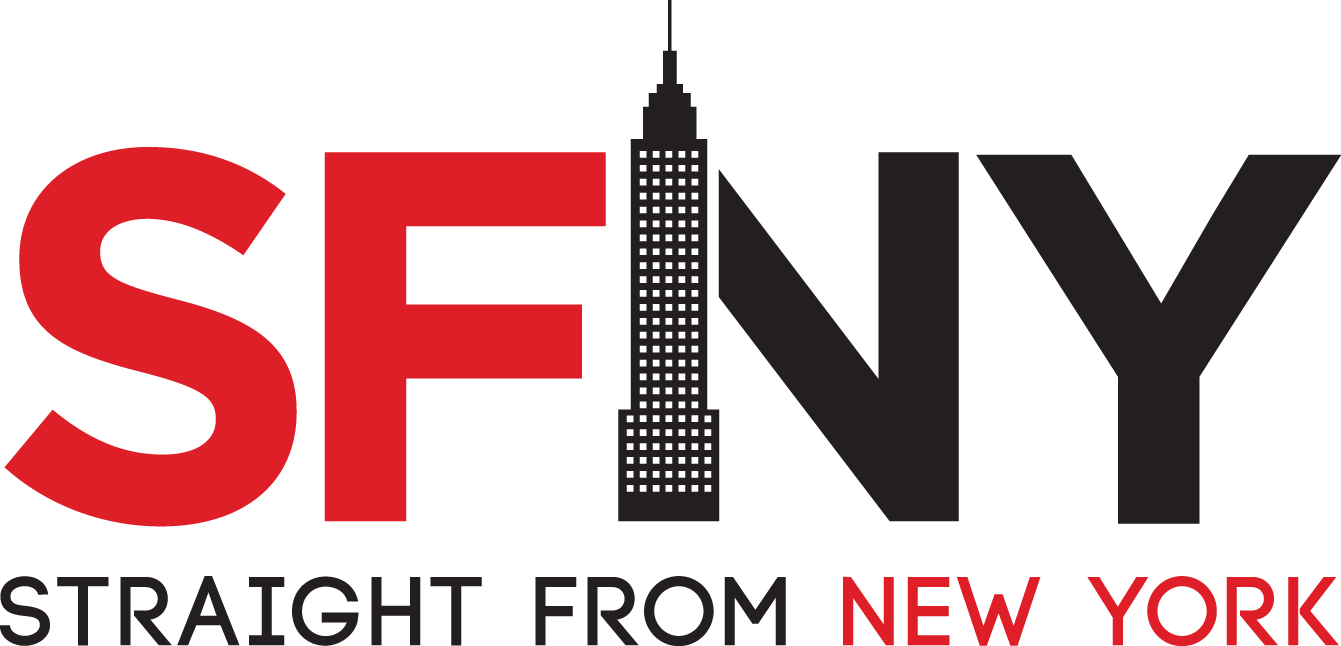H2$
Focuses on “The Biz” side of artistry, helping to navigate through the processes of career-level trajectory (i.e. auditioning, living in NYC, finding an agent, getting your Equity card, and more). Actors learn self-sufficiency, networking tools, and are also able to ask questions specific to their individual needs.
SCENE STUDY
Infuses teamwork with pre-selected (2) and (3) person scenes to encourage more connected and momentous acting. The actor explores human interaction and reactionary freedom, while also discovering new methods for finding character intentions, physical behavior, and encompassing the given circumstances.
TEXT ANALYSIS
Develops intensive reading and notation skills, as the actor learns to look more closely and attentively to the given text. Identifying detail, grasping the larger argument, and making informed choices from the text. Actors will learn to assess and deploy textual evidence while broadening critical thinking and interpretive skills.
SHAKESPEARE/ CLASSICAL
Traverses into the world of classical text, as the actor develops skills to lessen the “stylistic language barrier” of Classical and Shakespearean material. Through scenes and monologues, actors are enveloped in critical text and scene analysis, to gain an understanding of the presented scenarios and spoken word.
MAKING A PLAN
Combines performing and planning strategies, in which the actor discovers their artistic and logistical trajectories. Assessing long-term planning goals (i.e. budgeting, saving, surviving in NYC, taxes, etc.), actors will leave feeling confident and empowered by their educated performance and financial decisions.
PRIVATE VOICE (TECHNIQUE)
Utilizes one-on-one interaction to identify and challenge the unique personal habits of the actor, both spoken and sung, while simultaneously creating a personal and specific plan for vocal health, sustainability, and growth.
PRIVATE ACTING (SONG OR MONOLOGUE)
Explores the depth of human nuance. The actor works toward making bold and specific choices in the best interest of the character, while also exploring their personal, emotional connection to their material. Actors also learn how to delineate the difference between choices and scenarios of a piece in its full context and its audition context.
VOICE TECHNIQUE
Encourages a symbiotic relationship between the actor’s breathing, physical behavior, and voice. The actor is provided with tools to minimize tension, develop strong and sustainable breathing habits, and establish beneficial exercises to ensure vocal health, sustainability, and growth.
AUDITION SIDES
Examines the ins and outs of cold reads, callbacks, scenes with a ‘reader,’ and incites the actor to make aggressive, informed choices in the audition room. Boosting physical behavior, interaction with other actors, and contextual analysis, actors learn to feel more confident with sides.
REPERTOIRE
Evaluates the representation and personality of the actor’s song and monologue repertoire to ensure originality and material appropriately tailored to the actor’s specific skillsets. Recommendations are given for new material (i.e. research, styles, transpositions, arrangements, cuts, etc.), all specialized and tailored uniquely to them. Additionally, identifying and remedying any missing or neglected genres, to work toward an over-all well-rounded repertoire.
ON-CAMERA
Uncovers the differences in approach and acting styles between Music Theatre and Film/Television. Actors will receive sides to work through in front of a camera, and will watch and receive feedback from a Film and TV professional.
AUDITION MOVEMENT AND DANCE
Guides actors through the process of learning a piece of audition choreography. No matter the performer's level or dance training, the instructor will bridge the gap between movement and execution in the dance audition room.

